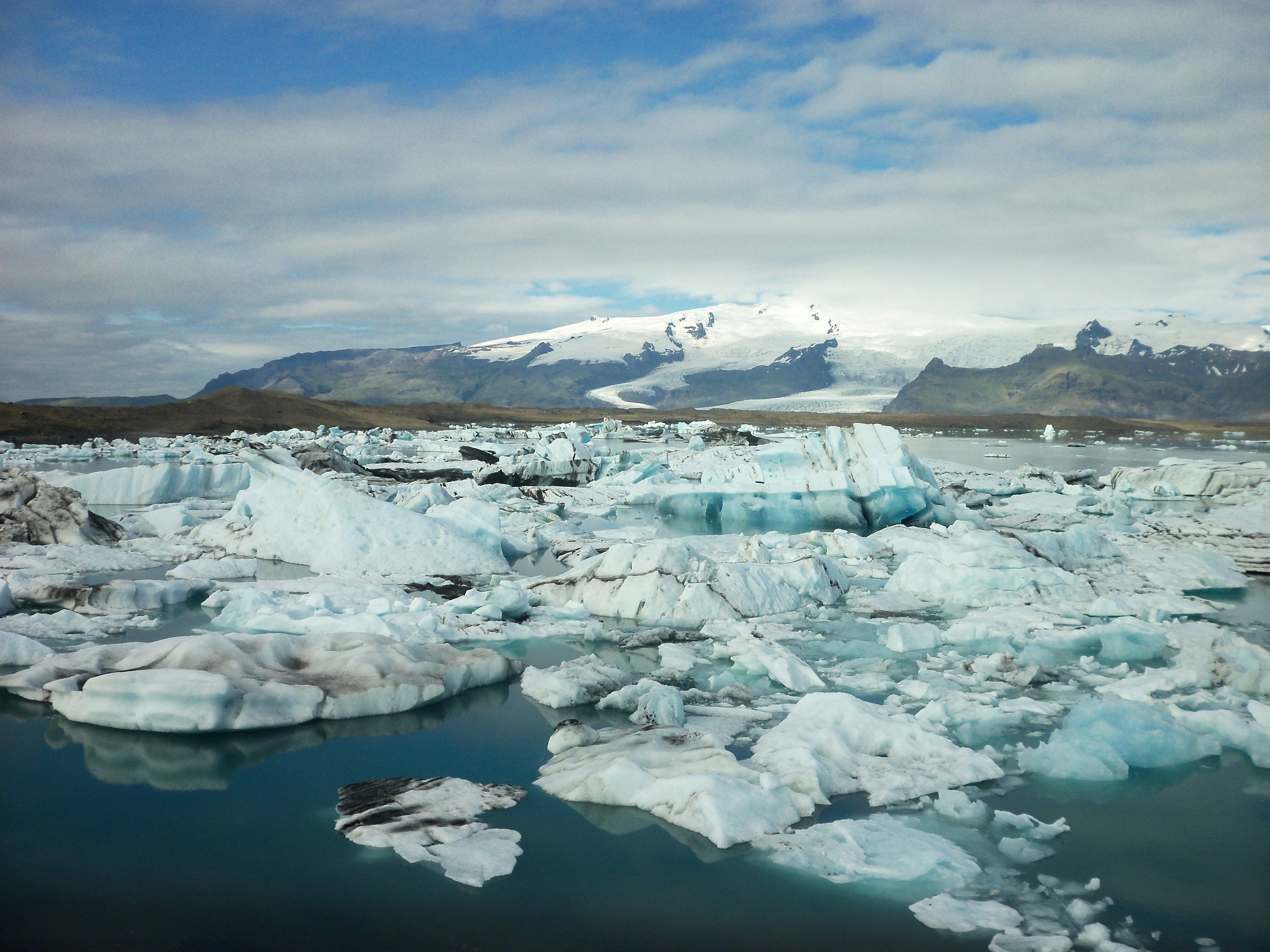Welcome to an exciting exploration of cold plunging for hormonal balance! In this article, we will delve into the do’s and don’ts of incorporating cold plunging into your routine to help regulate your hormones. By taking a plunge into cold water, you can stimulate your body’s natural processes and potentially benefit your overall well-being. So let’s dive in and discover how you can use this invigorating practice to achieve hormonal harmony.
Are you looking to naturally balance your hormones and improve your overall well-being?
Introduction
Hey there! If you’re feeling a bit off-kilter and looking for a holistic way to regulate your hormones and boost your mood, you’ve come to the right place. Cold plunging is a powerful tool that can help you achieve hormonal balance, increase your energy levels, and improve your mental clarity. In this article, we’ll explore the do’s and don’ts of cold plunging to help you get started on your journey to hormonal harmony.
What is Cold Plunging?
Cold plunging, also known as cold water therapy or cold immersion therapy, involves exposing your body to cold temperatures for a short period of time. This can be done by taking a cold shower, a dip in a cold body of water, or simply immersing parts of your body in ice water. The idea behind cold plunging is that the exposure to cold triggers a variety of physiological responses in your body that can have numerous health benefits.
The Do’s of Cold Plunging
Start Slow
When it comes to cold plunging, it’s important to start slow and gradually build up your tolerance to cold temperatures. Begin with short exposures to cold water, such as a quick cold shower or a dip in a cold pool, and slowly increase the duration as you become more accustomed to the cold. This will help prevent shock to your system and make the experience more comfortable.
Focus on Breathing
As you immerse yourself in cold water, focus on your breathing. Take slow, deep breaths to help calm your nervous system and relax your body. Controlled breathing can also help you endure the cold temperatures and make the experience more enjoyable. Remember to breathe in through your nose and out through your mouth for maximum benefits.
Stay Hydrated
Cold plunging can be dehydrating, so it’s important to stay hydrated before and after your cold exposure. Drink plenty of water throughout the day to ensure that your body is properly hydrated and able to regulate its temperature effectively. Coconut water or electrolyte drinks can also be beneficial for replenishing lost fluids and minerals.
Listen to Your Body
Pay close attention to how your body responds to cold plunging. If you start to feel lightheaded, dizzy, or experience any pain or discomfort, it’s important to stop immediately and warm yourself up. Everyone’s tolerance to cold temperatures is different, so listen to your body and adjust your cold plunging practice accordingly.
The Don’ts of Cold Plunging
Don’t Overdo It
While cold plunging can have numerous health benefits, it’s important not to overdo it. Excessive exposure to cold temperatures can lead to hypothermia, frostbite, and other serious health issues. Limit your cold plunging sessions to no more than a few minutes at a time and always warm up afterwards to prevent any negative effects on your body.
Don’t Forget to Warm Up
After your cold plunging session, make sure to properly warm yourself up. This can be done by taking a warm shower, wrapping yourself in a cozy blanket, or engaging in gentle exercise to get your blood flowing. Warming up after cold exposure is crucial to prevent your body from going into shock and to help maintain your overall well-being.
Don’t Dive In All at Once
If you’re new to cold plunging, it’s important to ease into the practice gradually. Don’t try to jump into freezing cold water right from the get-go, as this can be a shock to your system and may cause more harm than good. Start with lukewarm water and slowly decrease the temperature over time as you build up your tolerance to the cold.
Don’t Ignore Warning Signs
If you experience any warning signs or symptoms during your cold plunging session, it’s crucial to pay attention and take action. Signs such as shivering uncontrollably, numbness, tingling, or difficulty breathing should not be ignored. These could indicate that your body is not handling the cold well and that you need to warm yourself up immediately.
Benefits of Cold Plunging for Hormonal Balance
Increased Endorphin Production
One of the key benefits of cold plunging is the increased production of endorphins, also known as the “feel-good” hormones. When your body is exposed to cold temperatures, it releases endorphins to help combat the stress and discomfort of the cold. This can result in a natural mood boost, reduced feelings of anxiety and depression, and an overall sense of well-being.
Improved Circulation
Cold plunging can also help improve your circulation by causing your blood vessels to constrict and then dilate in response to the cold. This process, known as vasoconstriction and vasodilation, can help increase blood flow throughout your body and improve oxygen and nutrient delivery to your cells. Better circulation can lead to improved energy levels, faster recovery from exercise, and enhanced overall health.
Enhanced Metabolism
Exposure to cold temperatures has been shown to boost your metabolism by activating brown fat, a type of fat tissue that burns calories to generate heat. Cold plunging can help your body burn more calories, increase fat loss, and improve your metabolic rate over time. This can be particularly beneficial for weight management, hormone regulation, and overall metabolic health.
Reduced Inflammation
Cold plunging has anti-inflammatory effects on the body, which can help reduce pain, swelling, and inflammation in your muscles and joints. Cold exposure has been shown to decrease levels of pro-inflammatory cytokines in the body, leading to a reduction in chronic inflammation and associated health conditions. By incorporating cold plunging into your routine, you may experience less pain, faster recovery from injuries, and improved overall mobility.

How to Incorporate Cold Plunging Into Your Routine
Start Small
If you’re new to cold plunging, it’s important to start small and gradually work your way up to longer and more intense cold exposures. Begin with a quick cold shower or a brief dip in a cold pool, and then slowly increase the duration and intensity of your cold plunging sessions as you become more comfortable with the cold temperatures. This will help prevent shock to your system and make the experience more enjoyable.
Be Consistent
Consistency is key when it comes to reaping the benefits of cold plunging. Try to incorporate cold plunging into your daily routine, whether it’s in the morning to start your day off energized and focused, or in the evening to unwind and relax after a long day. Consistent cold exposure can help your body adapt to the cold more effectively and maximize the hormonal balancing effects of cold plunging.
Mix It Up
Don’t be afraid to mix up your cold plunging routine to keep things interesting and challenging. Try alternating between cold showers, ice baths, and cold water immersions to keep your body on its toes and prevent adaptation to the cold. You can also experiment with different breathing techniques, meditation practices, or visualization exercises to enhance your cold plunging experience and maximize its benefits.
Listen to Your Body
Above all, listen to your body and honor its signals during your cold plunging practice. If you start to feel uncomfortable, dizzy, or experience any negative symptoms, it’s important to stop immediately and warm yourself up. Respect your body’s limits and adjust your cold plunging practice accordingly to ensure a safe and enjoyable experience.

Conclusion
Congratulations on taking the first step towards hormonal balance and overall well-being through cold plunging! By incorporating the do’s and don’ts of cold plunging into your routine, you can experience the many benefits of cold exposure, from increased endorphin production to improved circulation and metabolism. Remember to start slow, listen to your body, and stay consistent in your cold plunging practice to maximize its effectiveness. Here’s to a happier, healthier you!




